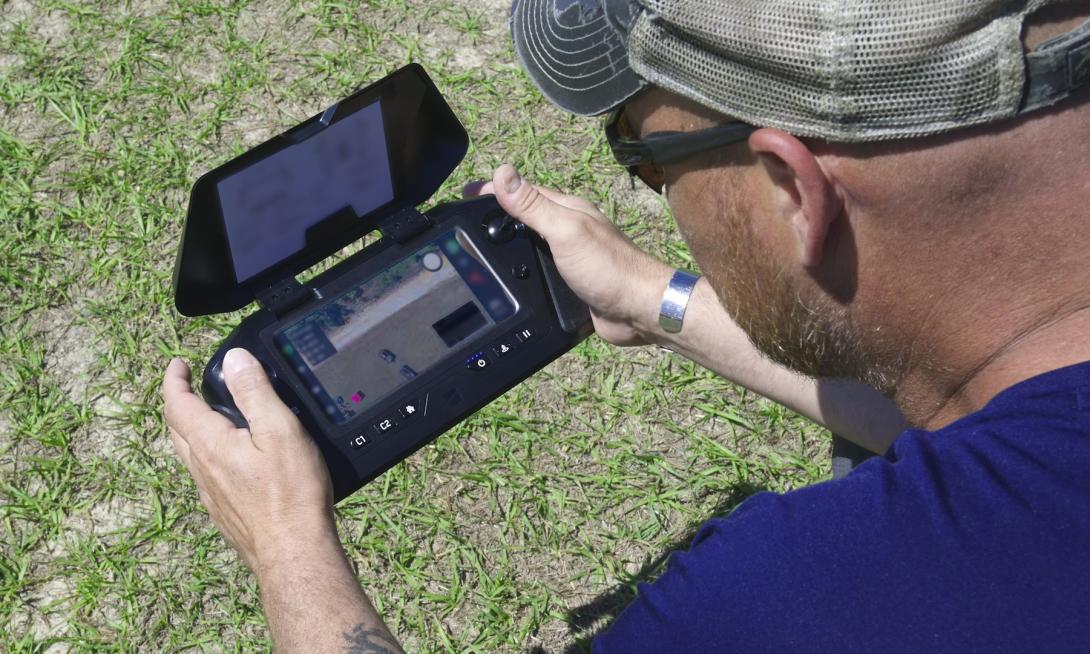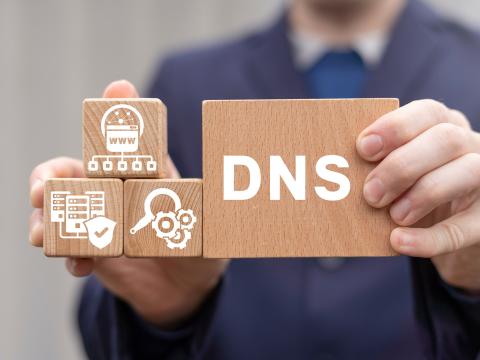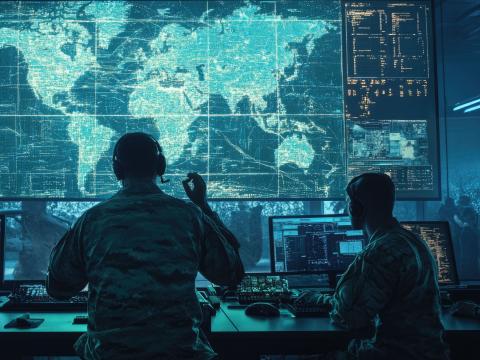NGA Deals AI Hand With GAMBLER
National Geospatial-Intelligence Agency (NGA) officials are passing a new integrated artificial intelligence (AI) capability to the various services. But it’s up to the services how they play the hand provided with the GEOINT AI and Machine Learning Light-Edge Resilient System (GAMBLER) tool in several ways.
Firstly, this month and through the next fiscal year, NGA personnel will focus on transitioning the GAMBLER technology to each branch of the military easily and smoothly. Warfighters within each service can use the tool, but since they all have different demands and requirements, along with different mission goals, they may use the tool in their own way; therefore, NGA officials want to guarantee that U.S. Army, Navy, Marines, Air Force, Space Force, Coast Guard and National Guard officials are able to fully take advantage of GAMBLER and its benefits. Ideally, crews want to tailor GAMBLER to fit the needs of each branch; however, such an effort is impractical since the NGA has a limited number of resources, according to NGA officials. Because of this, they are calling on military leaders to receive and customize the technology to allow it to assist their respective operations in the most effective way possible.
“We’re working with the different services for transition,” Darrell Brown, deputy director of the Warfighter Support Office at the NGA, said. “We’re going to continue to do our innovation, and then we find things. But the Army has this need. They see this; they like it. We give it to the Army. We give it to the right program office within the Army to move forward with that, to meet Army needs and further develop within the Army.
“The Army, the Navy, the Marine Corps and all of the other services—they need to do some more innovation,” Brown added. “[We need to work] with those program offices to say you have it, run with it and do what you need to do for your service. “You have to scale it because we’re really small. We have a small budget. We’re just doing the technology; they need to scale it for the bigger Army.”
“We can’t solve all their problems,” Ray Bauer, supervisor of GAMBLER and director of the Warfighter Support Office at the NGA, said. “The Navy is always going to want something that’s blue. The Army is going to want something that’s green. The Marines are going to want something that’s a little bit of green and brown, and the Air Force is going to want black. So, all the services are going to want a similar but not the same capability, and we can’t do all that. So, finding a way to transition over very quickly with the lowest cost possible is our goal.”
Despite the challenging task of customizing GAMBLER to fit the needs of each military branch, leaders expect that they will still take part in a plethora of discussions with commanders to ensure that they are addressing the demands of the military.
“We’re working on spending a lot of time with the services to get a better understanding of what’s the next thing that they’re looking for,” Bauer said. “Are they looking to potentially throw large language models on top of visual models? Do they want to ask questions of the data? Do they need to do that? Do they want to do that in a disconnected environment? So, that’s where I see us going.”
In addition to collaborating with military leaders, NGA officials want to continue improving the device as a whole. Personnel associated with GAMBLER want to see crews reduce the amount of time it takes to construct the device. Bauer also stressed the importance of making the tool more convenient. More specifically, they are urging crews to reduce the size of the device, according to Bauer. This comes only two months after NGA officials built a new prototype, which was the size of a lunch box. The prototype even included the processing power, which was comprised of extremely small chip sets, according to Bauer.
As aforementioned, GAMBLER is a set of integrated AI capabilities that is intended to operate on small unmanned aerial systems on which the system uses live feeds, pictures and videos to detect and pinpoint objects in the field. GAMBLER then sends this data out to soldiers at all levels via a tactical assault kit, according to Bauer. The innovation offers a new way for commanders and warfighters to gain a deeper understanding of the enemy and subsequently be more prepared for the fight, while also keeping them out of danger, according to NGA officials.
During a testing exercise in early May near Fort Bragg, North Carolina, the U.S. Army’s XVIII Airborne Corps arranged different scenarios to put GAMBLER to the test. For example, they instructed individuals to carry backpacks and weapons through a simulated village and tunnel with the goal of GAMBLER identifying those “threats.” GAMBLER also features the ability to work in denied, degraded, intermittent and latent environments, according to NGA officials.
“GAMBLER is that entire workflow, from flying the drone to collecting the data to creating a model or using a model you have on hand to then detecting what you created and also then sending that data out to whoever in the field needs it on whatever device they have through whatever communications channel is available,” Bauer explained.
Additional U.S. Army soldiers teamed up with NGA officials to present GAMBLER at Exercise Combined Resolve 25-1 in Germany in February. During this demonstration, the NGA team applied GAMBLER to the existing infrastructure and displayed its potential, exceeding expectations, according to NGA personnel.
Brown previously listed some of the difficulties that NGA officials are facing, including limited resources related to personnel and finances. Despite these challenges, Bauer is thrilled to be a member of the agency, and he enjoys that his work makes a difference.
“It’s awesome being part of this team, and we have been given a lot of room to work, to go out to try and solve problems,” Bauer said. “Even though it’s a small team with a limited budget, we’ve been given an awful lot of room to work. And again, the mission that we have is palpable. It’s the actual warfighter in the field. Sometimes you can have a job that you feel disconnected from, but it’s an incredible feeling working on a mission with an actual user that you can talk to out in the field, and then you can actually have an impact.”





Comments